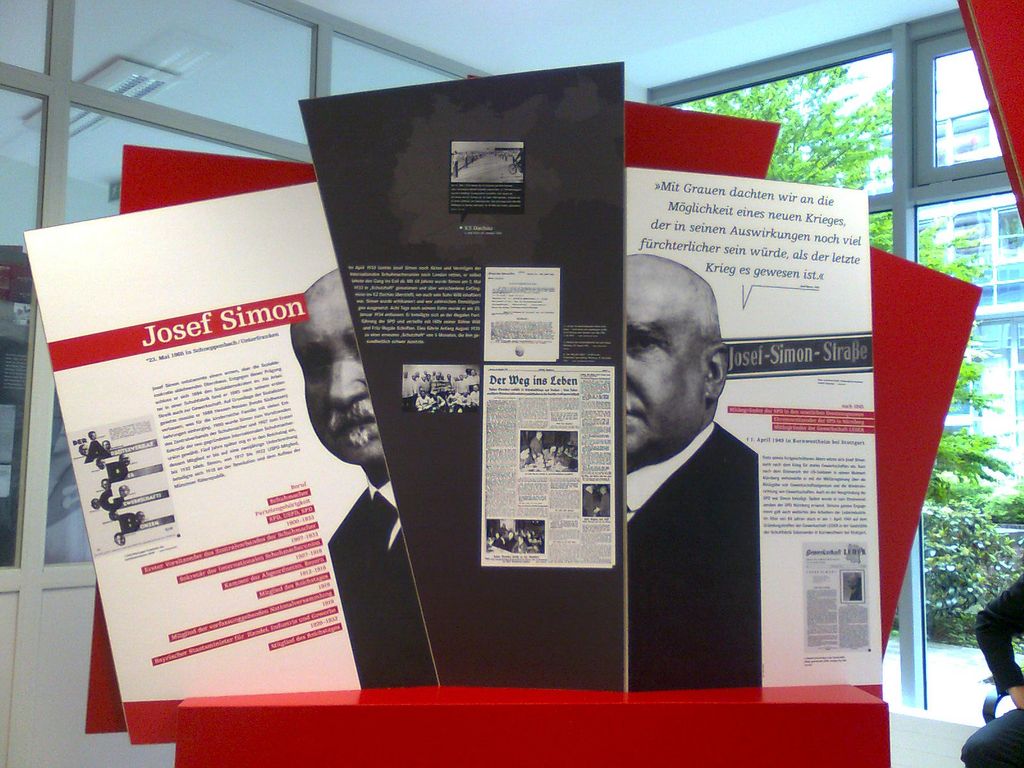This travelling exhibition of the Sachsenhausen Memorial and Museum focuses on the stories of 16 trade union members who had to face the ordeal of internment in a concentration camp, which some of them did not survive. Many of the trade unionists interned in concentration camps had joined resistance groups just a few months after the Nazis took power. While some worked in trade union resistance groups, many more joined other resistance groups, especially social democratic and communist ones. Even among trade unionists today the scope of resistance by trade union members to the Nazis is greatly underestimated.
For several years now the Sachsenhausen Memorial has been working to bring greater attention to the memory of the many trade union members, both women and men, who were persecuted by the Nazis and sent to concentration camps. Following the inauguration in 2008 of a memorial to all those trade unionists who suffered torture and murder and of other memorials to individual victims in the Sachsenhausen Memorial, this travelling exhibition is now a further step towards ensuring that these many thousands of courageous men and women who refused to bow to terror and propaganda will be remembered.
Students at the Otto Suhr Institute of the Freie Universität Berlin researched and wrote the biographies in a project seminar led by Prof. Siegfried Mielke of the FU Berlin and Prof. Günter Morsch, Director of the Brandenburg Memorials Foundation. The exhibition was first shown in the headquarters of the German Association of Trades Unions (DGB) in Berlin in 2011 and has since then been shown in many regional trades union headquarters throughout Germany. To accompany the special exhibition a book is being published tracing the stories of 34 trade unionists. The special exhibition and the accompanying book are a contribution to the trades unions’ culture of commemoration.
Exhibition and accompanying book are financed by the Hans Böckler Foundation.

